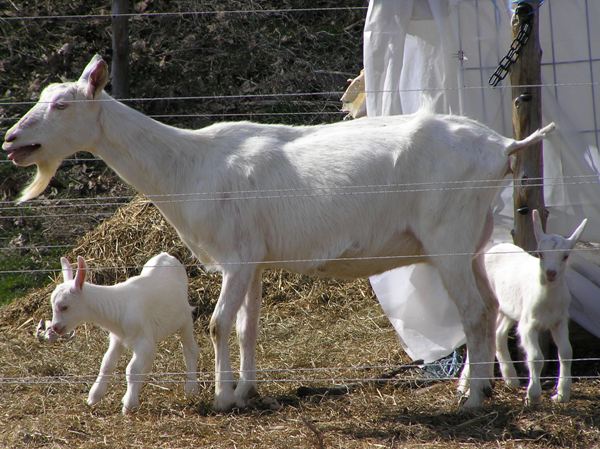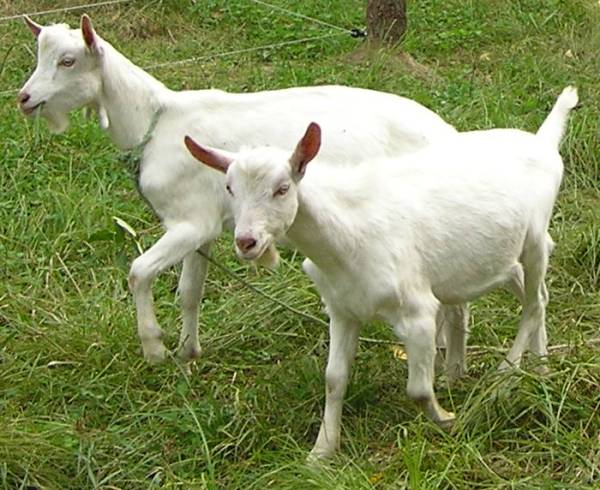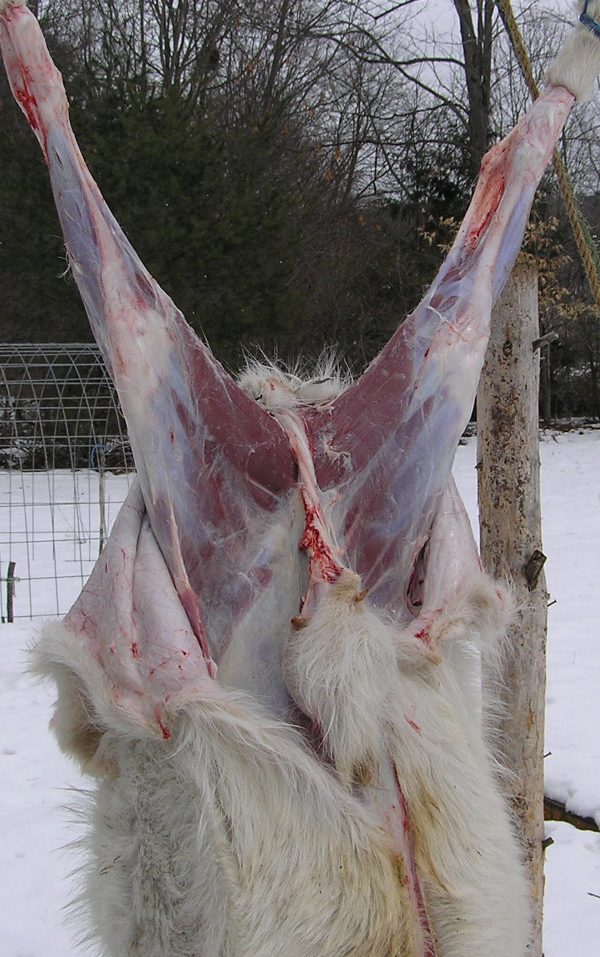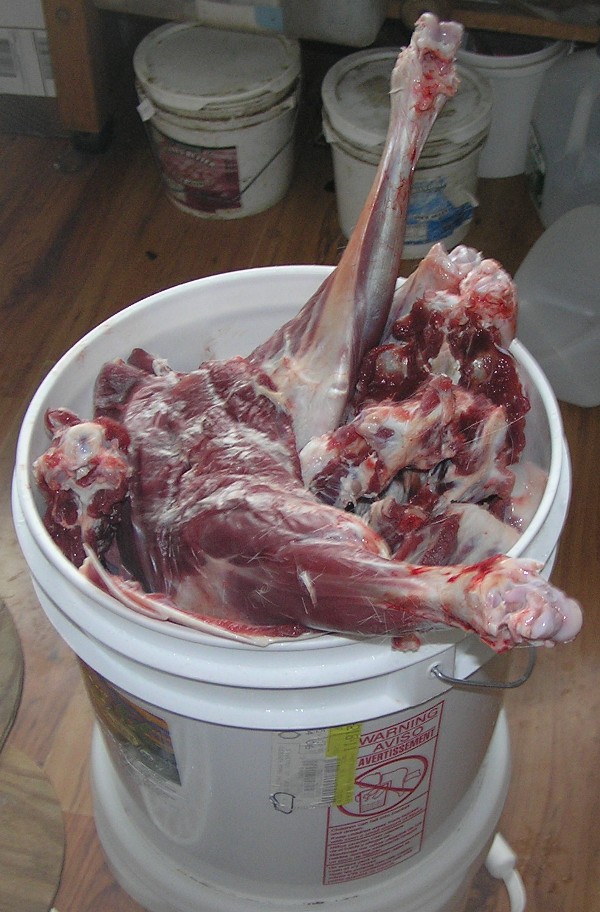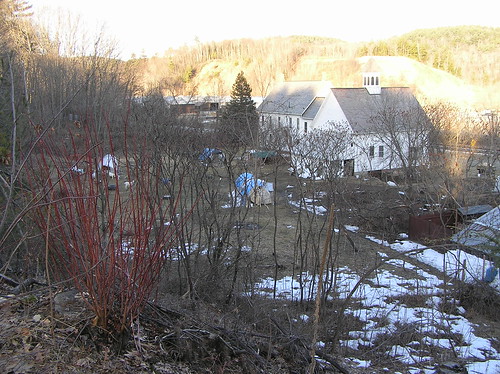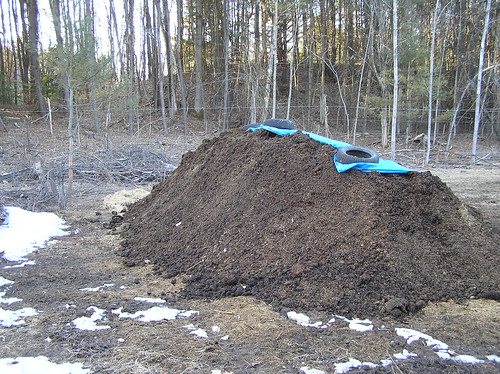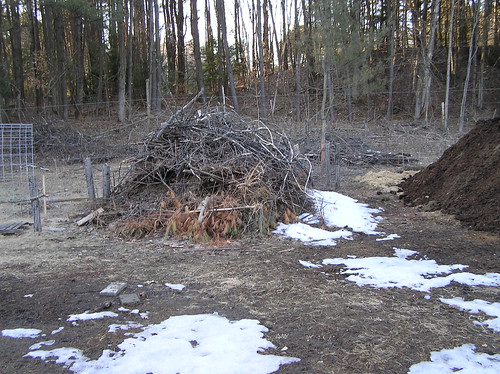Learn something new every day
When I bought my tractor, had a chain hook welded on the backside of the backhoe bucket. The hooks on the top lip of the FEL bucket get a lot of use. I might use them for picking up a large log or a round bale or pulling small stumps or anything else heavy. The Backhoe doesn't have the same kind of capacity as the FEL. It also has a lot of leverage on the tractor. So I am not going to pickup the kind of weight with the backhoe hooks as the FEL.
I have had the tractor for a while but I haven't had much use of that hook on the backhoe bucket and I was wondering if I ever would. I moved a big blower with it once and is was kind of handy as the blower was bulky.
The power company came by recently, or at least their tree contractors. They have been cutting trees under the lines across the road from us. It has been a windfall of wood. But a lot of it was down a significant embankment. I could have cut it in place but the slope wasn't a great place to cut and it was a lot of trips to carry it out as individual peices. So I used the backhoe and a chain to lift and pull the the logs out in reasonable lengths. The boom cylinder doesn't have the right leverage to lift a log, particularly with the dipper stick extended much. But there is a lot of power to pull something to the tractor. And when it is in close to the tractor, I can get the boom vertical and the dipper can lift the log, craning it. It was a nice way to recover these logs. The weren't real big, 12 to 18 inch diameters and 10 to 12 feet long. Using the backhoe was a lot more fun than lugging them up by hand.
I definitely could have done it by hand. And it took a while to get the backhoe out of winter storage and onto the tractor. In part I want to do it this way to try out craning with the backhoe. If I don't try something when it is relatively easy, I may not have the skills or experience to do it when it is a necessity.
